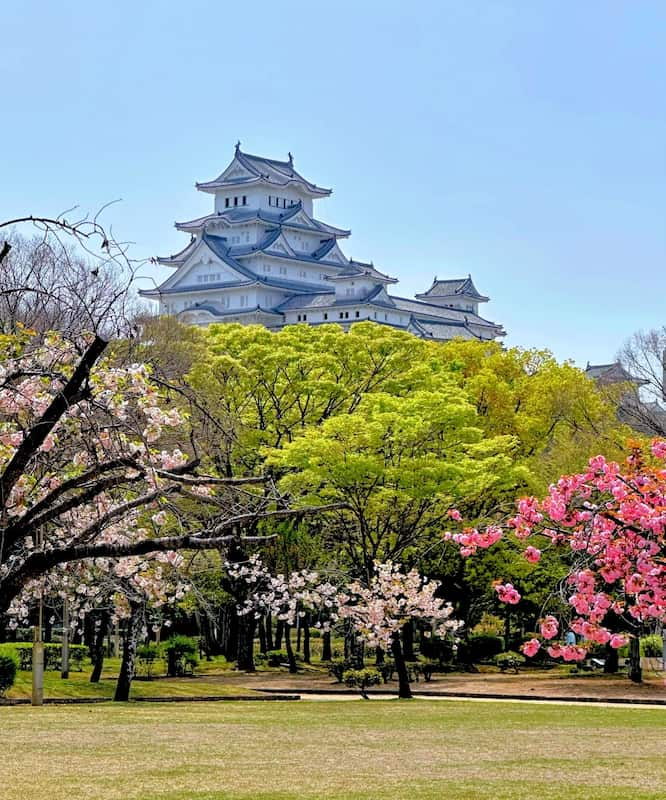
Himeji Castle – Discover Japan’s Finest Surviving Feudal Fortress
Step into a living masterpiece of feudal architecture and discover the pristine legacy of Japan’s samurai age in the heart of Hyogo Prefecture.
Himeji Castle, crowned by its elegant white Main Tower, stands as the finest surviving example of Japanese castle design. Once a formidable fortress under Ikeda Terumasa and a symbol of Tokugawa authority in western Japan, the castle has never been destroyed by war, earthquake, or fire. Today, it offers visitors an unparalleled glimpse into the strategic brilliance and refined aesthetics of Japan’s early 17th century.
Having visited castles across Japan—including Osaka Castle, Hikone Castle, Nijo Castle, Edo Castle, and Matsumoto Castle—one truth becomes clear: no other site preserves the architectural spirit and original structures of Japan’s feudal era as completely as Himeji Castle. While countless castles once dotted the country, many were dismantled by government order or lost to the ravages of war. Amid such widespread loss, Himeji Castle stands apart—not only with its original Main Keep intact, but also with a remarkable number of surviving yagura turrets, gates, walls, and stone foundations. In terms of historical continuity and physical preservation, it is unmatched in Japan.
Whether you’re a history enthusiast eager to walk through centuries of martial legacy, or a first-time traveler drawn by iconic beauty, Himeji Castle offers an unforgettable encounter with Japan’s cultural soul.
🏠 Introduction
Known as the “White Heron Castle” for its graceful, soaring silhouette, Himeji Castle is a national treasure that has captivated generations. Originally fortified in the 14th century and expanded to its current grandeur in 1609, the castle became a Tokugawa stronghold under Ikeda Terumasa following the pivotal Battle of Sekigahara.
Its defensive innovations—including labyrinthine paths, multiple masugata (box-shaped) gates, and strategic loopholes—reflect the height of samurai-era military planning. But it’s the visual harmony of its white plaster walls and multi-layered rooftops that makes Himeji Castle the crown jewel of Japanese architecture.
Today, Himeji Castle invites visitors to explore its story through three distinct experiences: a climb through the commanding Main Tower, a stroll through the serene West Bailey once home to Princess Sen, and a walk along fortified walls and hidden passageways that once defied enemy advances.
🚉 How to Get Here: Himeji Station
From Kansai International Airport (KIX)
Approx. travel time: 120 minutes
Fare: ~3,160 yen
From Shin‑Osaka Station
Approx. travel time: 32 minutes
Fare: 3,870 yen
🧱 What Remains of Himeji Castle Today?
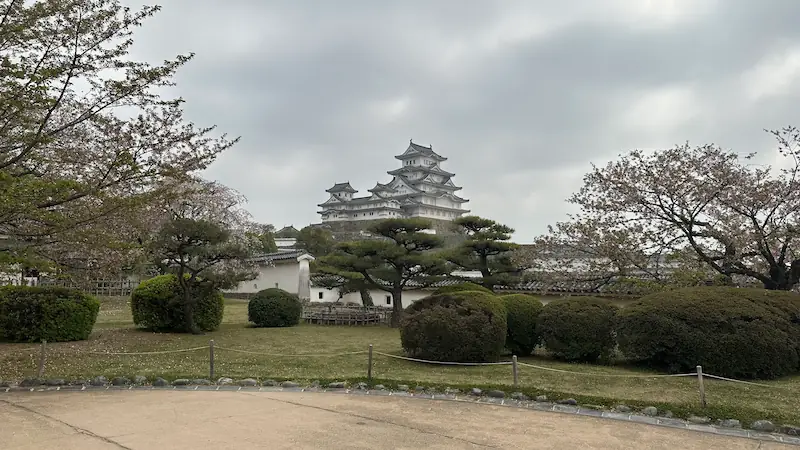
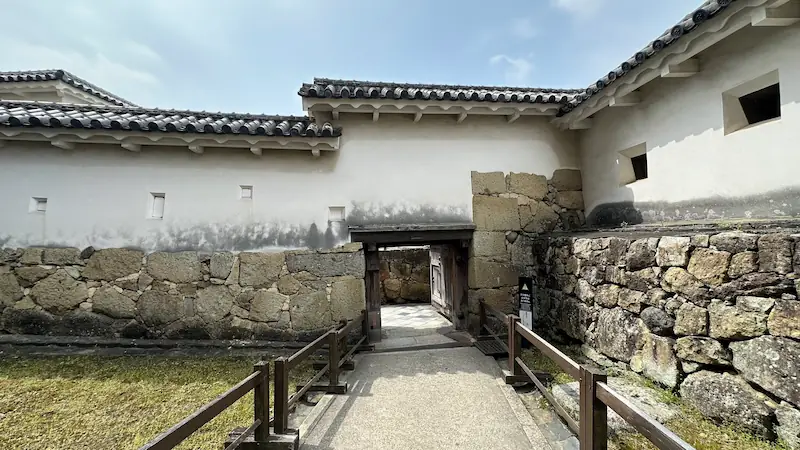
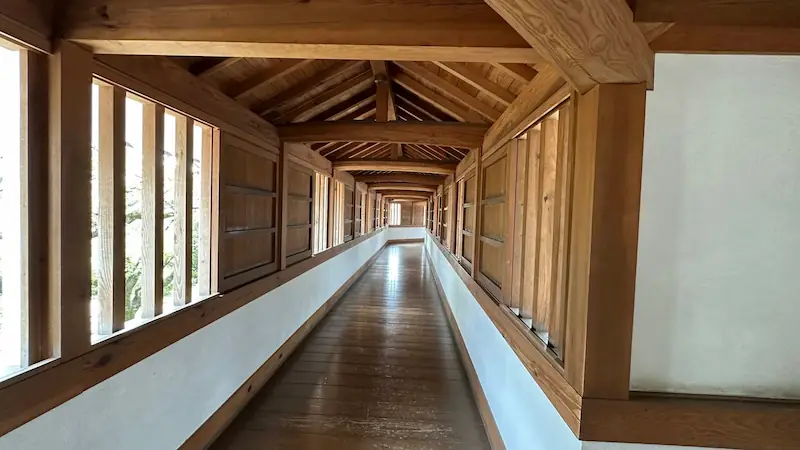
- Main Tower (Tenshukaku) – The original five-story wooden keep, completed in 1609, remains fully intact. It stands as a masterpiece of early Edo-period engineering, with layered roofs, hidden floors, and strategic design features still visible today.
- Gates and Passageways – A network of original and restored gates—including Hishi Gate and Bizen Gate—guides visitors through the castle’s intricate, maze-like approach designed to confound invaders.
- Stone Walls and Moats – Imposing white-plastered stone walls and multiple concentric moats form an elegant yet formidable defense system that has survived for over four centuries.
- Nishi-no-Maru (West Bailey) – Once the residence of Princess Sen (Senhime), the granddaughter of Tokugawa Ieyasu, this area features long corridors and stunning views of the main tower, offering a glimpse into court life within the fortress.
- Yagura Turrets – Several original turrets (yagura), such as the Inui Yagura and Ha Yagura, remain standing, offering insight into how weapons, provisions, and soldiers were housed during times of siege.
- Seasonal Landscapes – Delicate cherry blossoms in spring, crimson maple leaves in autumn, and the castle’s signature white silhouette rising against a clear blue sky make Himeji Castle a perennial favorite for photographers and travelers alike.
📜 History of Himeji Castle
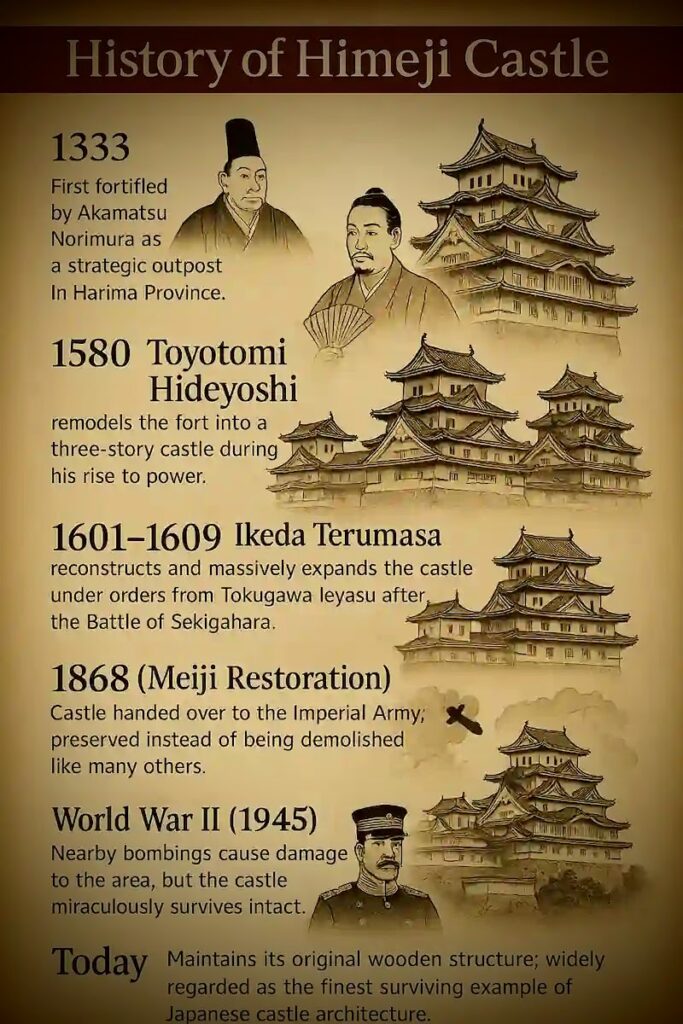
First fortified in 1333 by Akamatsu Norimura, the site of Himeji Castle evolved over centuries into Japan’s most celebrated and best-preserved feudal stronghold. Its transformation into the iconic white castle seen today began in earnest after the pivotal Battle of Sekigahara in 1600, when Tokugawa Ieyasu awarded the domain to his son-in-law, Ikeda Terumasa.
Between 1601 and 1609, Ikeda oversaw an ambitious reconstruction, expanding the castle into a sophisticated military complex with over 80 buildings, labyrinthine defenses, and elegant architectural flourishes. Himeji Castle emerged not just as a fortress—but as a symbol of Tokugawa power in western Japan.
Remarkably, the castle was never attacked in battle, nor destroyed by earthquake or fire. It survived the Meiji Restoration, World War II bombings, and centuries of natural disasters almost entirely intact. Thanks to careful preservation efforts, it remains one of the few castles in Japan to retain its original wooden main tower.
Designated a UNESCO World Heritage Site in 1993, Himeji Castle continues to represent the pinnacle of samurai-era fortification, artistry, and strategy.
🔷 Quick Tour for Casual Visitors
▶ 7 Best Spots in Himeji Castle Grounds
Short on time? No worries.
We’ve curated 7 of the most iconic and photogenic highlights across Himeji Castle’s expansive grounds—all easily enjoyed in under an hour. From the majestic Main Tower to tranquil gardens and samurai-era defense systems, this quick tour captures the essence of Japan’s finest original castle.
🟠 Easy to follow
📸 Great for photos
🧭 Perfect for first-time visitors
Take the 7-Spot Tour
🔶 Complete Guide for History Enthusiasts
▶ Himeji Castle: Explore All Areas of the Castle Grounds
Curious about the deeper legacy of Himeji Castle?
Our detailed guide takes you through every corner of this World Heritage site, uncovering the architectural brilliance, defensive strategy, and cultural symbolism behind Japan’s most revered feudal fortress. From concealed turrets and maze-like passageways to elegant living quarters and ancient stonework, discover what makes Himeji Castle a true national treasure.
📜 Rich historical context
🏯 50+ featured locations
🔍 Hidden stories and original structures
Himeji Castle: Explore All Areas of the Castle Grounds New
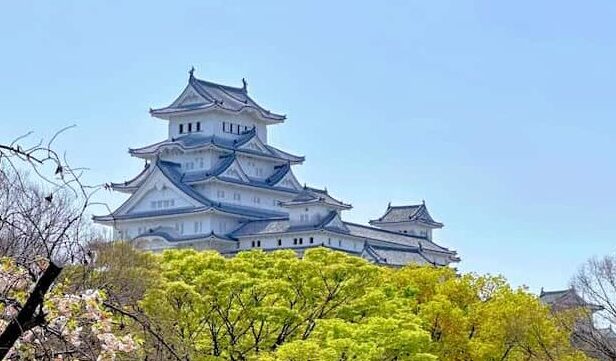




comment